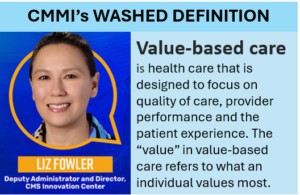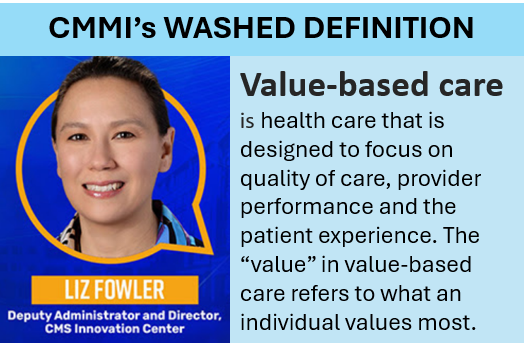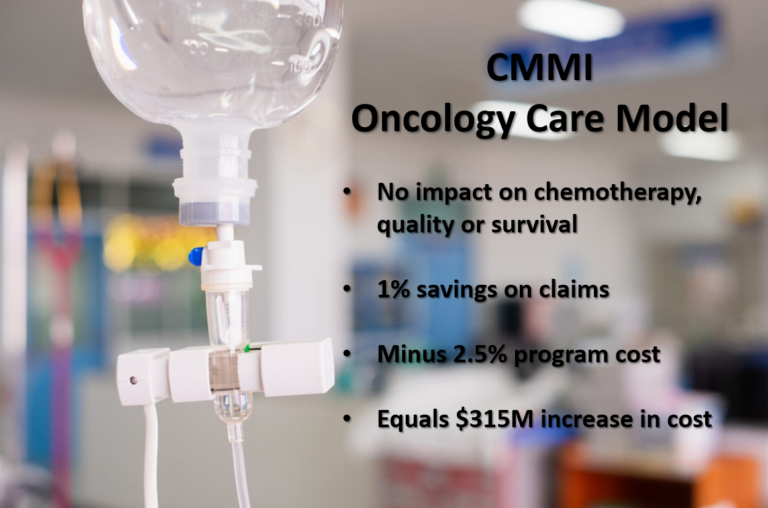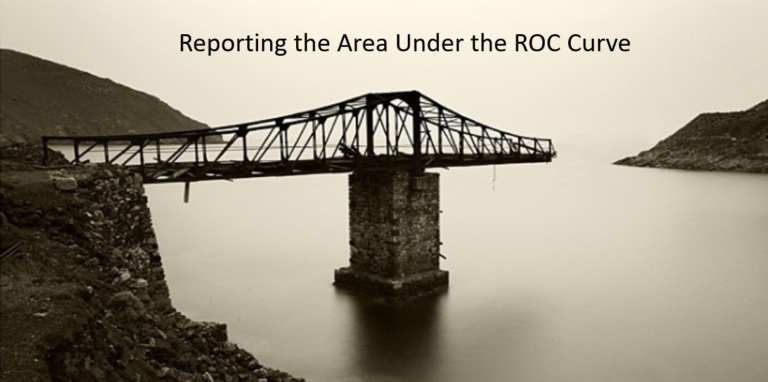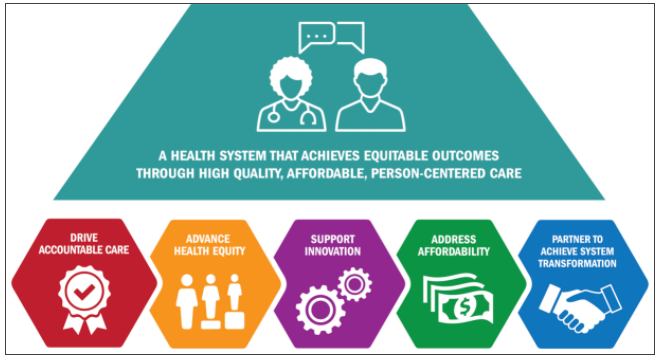Congress and the president-elect are enthusiastic about repealing Obamacare, but have not yet achieved any consensus about what to replace it with. High risk pools figure prominently in various proposals, including Ryan’s “A Better Way” proposal. But high risk pools are not a new idea. Thirty five states had them in the years before Obamacare, so we have some experience to draw upon. In general, they performed poorly, mostly because they were substantially underfunded, leading to high premiums and shameful waiting lists that withheld coverage for the sickest people – those that that needed coverage the most. The following explainer video was prepared last summer by the Kaiser Family Foundation, a health policy think tank.
High risk pools don’t reduce cost or risk. They just transfer it from private health plan premium payers to taxpayers — mostly state taxpayers. And, if the states fail to fund it properly (as has usually been the case), the wait lists associated with high risk pools creates a particularly cruel mechanism for keeping the most desperate citizens from the lifesaving care they need.
How did Romneycare and Obamacare Avoid the Need for High Risk Pools?
High risk pools consisted of the sickest people in the population. Since sick people incur health care expenses that they can’t afford, the money has to come from somewhere. It can come from healthier members of the same health plan, from state taxpayers, or from federal taxpayers. If it is to come from healthier members of the plan, there must enough of such healthy members to share the cost. The healthy people can’t just wait until they are sick to buy insurance. If too many healthy people opt out, the premiums for the people in the plan will be too high. An insurance “death spiral” occurs when high premiums causes some of those healthy members to drop coverage, forcing premiums to go even higher for the remaining healthy members, ultimately leading to the failure of the plan.
So, to achieve coverage for sick people and affordability for all, the health insurance system must be designed to ensure that almost all the healthy people sign up for insurance, and that the healthy people don’t try to wait until they are sick to buy health insurance. Romneycare and Obamacare attempted to accomplish this through two mechanisms:
- A subsidy for premiums for poor people to make them more affordable, and
- A “mandate” requiring that everyone have health insurance or pay a penalty.
However, as a political compromise to those that hated the idea of a mandate, the penalties were made quite small, making them only partially effective in getting enough healthy people to join the plan — ultimately causing the premium increases that people point to as evidence that Obamacare is “a disaster.”
Other than high risk pools, what is being proposed as an alternative to Obamacare?
I’ve seen nothing to suggest that there is any new innovation in health care finance that has been proposed as a superior solution. So, what we’re likely to see is a return to health insurance designs that were used before Romneycare and Obamacare. These mostly consist of the following:
- Reducing taxpayer expense by:
- Kicking many poor people back out of government funded insurance plans (reversing federal subsidization of Medicaid expansion)
- Reduce insurance benefits by covering fewer services and shifting more cost to patients for both government funded and private plans (reversing mandatory minimum benefits)
- Allowing government funded insurance plans to negotiate with drug companies to demand volume discounts (against the wishes of the strong pharma lobby)
- Increasing competition by reducing state-level insurance regulatory control to allow and facilitate building insurance plans that cut across state lines (against the states’ rights philosophy)
- Avoiding the insurance death spiral by:
- Allowing insurance plans, once again, to reject sick people applying for private health insurance (reinstating pre-existing condition exclusions) and/or
- High Risk Pools.
However, the president-elect and some members of Congress have claimed to be against some or all of these alternatives. Except the last one — creating high risk pools. So, I think we’ll be hearing a lot more about that concept over the next few months. Then, as people learn that high risk pools don’t do any magic and that they have a poor track record, I fear that framers of the “replacement” health insurance system will begin to acknowledge that replacement really means returning back to the other mechanisms listed above.

